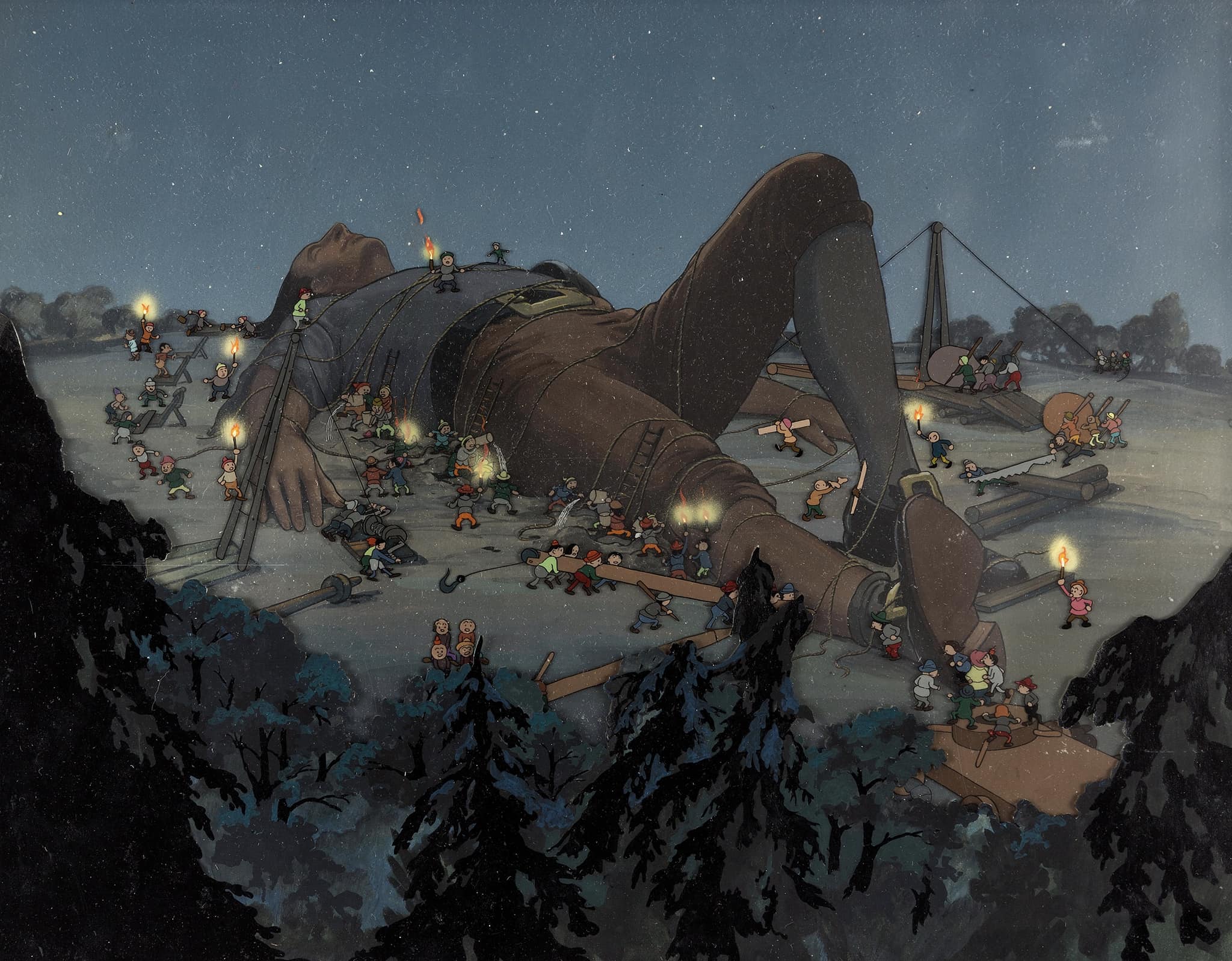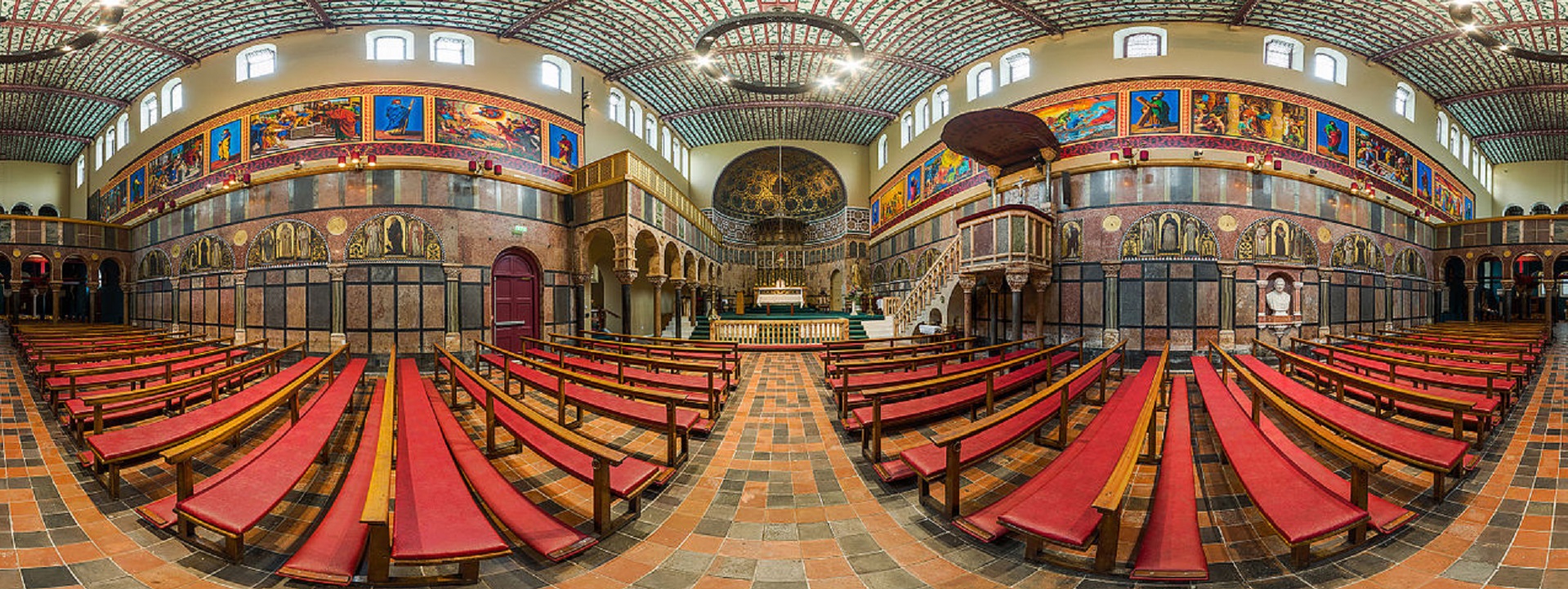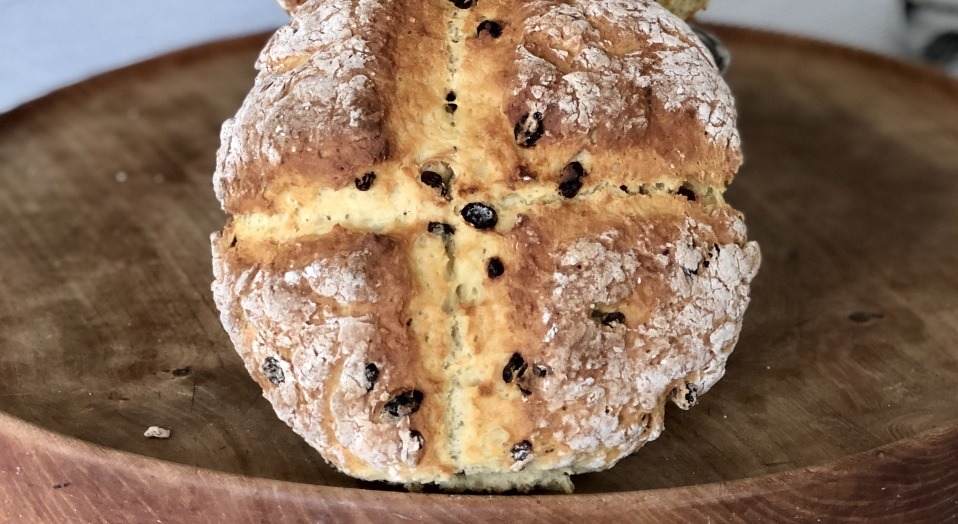Tag Archives: D76
- Home
- Posts tagged "D76"

Notre Dame in Ireland: Chef David’s Scones
“…I have spread my dreams under your feet;
Tread softly because you tread on my dreams.”
–W.B. Yeats | ‘He Wishes for the Cloths of Heaven’
The history of scones is believed to have originated in Scotland. The name “scone” is said to come from the Dutch word “schoonbrot,” which means “beautiful bread.” Scones have a long and interesting history that dates back several centuries.
Originally, scones were not the sweet, buttery treats we know today. Instead, they were simple unleavened oatcakes or griddle cakes made from barley, oats, or wheat. These early scones were baked on griddles or stovetops rather than being oven-baked.
As time went on, the recipe for scones evolved, and they became more commonly associated with Scotland and England. The Scottish version of scones was typically round and made with oats. They were cooked on a griddle or in a pan and then cut into triangular sections, which were known as “bannocks.” These bannocks were the ancestors of the modern scone.
In the 19th century, with the advent of baking powder and modern ovens, scones began to be baked instead of griddle-cooked. The addition of baking powder allowed scones to rise and become lighter and fluffier. The ingredients were refined to include flour, butter, milk or cream, and a leavening agent like baking powder. This marked the shift from the traditional oat-based scone to the more recognizable wheat-based scone we know today.
Scones’ popularity spread beyond Scotland and England, and they became a common teatime treat across the United Kingdom and other English-speaking countries. The addition of raisins, currants, or other dried fruits, as well as sugar, transformed scones into the sweet delicacies that are commonly enjoyed today, often served with clotted cream and jam in the classic English afternoon tea.
In the United States, scones have also become popular, with various regional and cultural variations. American scones may be larger, sweeter, and have a wider variety of flavor options, such as blueberry, cranberry-orange, or chocolate chip. Today, scones continue to be beloved treats enjoyed for breakfast, brunch, afternoon tea, or as a delightful snack with a cup of tea or coffee. Their history reflects centuries of evolution and cultural influence, making them a delightful and enduring part of baking traditions worldwide.
National Standards Authority of Ireland
Standard Scone Recipe
The standard scone is a simple and versatile preparation that can be customized with various additions, such as dried fruits, nuts, or chocolate chips, to suit different tastes.
Here is a basic recipe for making standard scones:
Ingredients:
- 2 cups all-purpose flour
- 1/4 cup granulated sugar
- 1 tablespoon baking powder
- 1/2 teaspoon salt
- 1/2 cup cold unsalted butter, cut into small cubes
- 1/2 cup milk (plus more for brushing on top)
- 1 large egg
- Optional: 1 teaspoon vanilla extract or other flavorings (e.g., almond extract, lemon zest)
- Optional: Additions such as dried fruits, chocolate chips, or nuts (about 1/2 cup)
Instructions:
- Preheat your oven to 400°F (200°C) and line a baking sheet with parchment paper.
- In a large mixing bowl, whisk together the flour, sugar, baking powder, and salt until well combined.
- Add the cold butter cubes to the flour mixture and use a pastry cutter or your fingers to work the butter into the flour until the mixture resembles coarse crumbs. The butter should be well distributed but still in small pieces.
- If you’re adding any optional flavorings or additions, mix them into the dry ingredients at this stage.
- In a separate small bowl, whisk together the milk, egg, and optional vanilla extract (or other flavorings) until well combined.
- Create a well in the center of the dry ingredients and pour the wet mixture into it. Gently stir the ingredients together until just combined. Be careful not to overmix; the dough should be slightly crumbly but hold together.
- Transfer the dough onto a lightly floured surface and shape it into a round disk, about 1 inch (2.5 cm) thick.
- Use a sharp knife or a biscuit cutter to cut the dough into wedges or rounds, depending on your preference. Traditionally, scones are cut into triangular shapes.
- Place the scones on the prepared baking sheet, leaving some space between them.
- Brush the tops of the scones with a little milk to give them a nice golden color when baked.
- Bake the scones in the preheated oven for about 15-20 minutes or until they are lightly golden on top.
- Remove from the oven and let them cool slightly before serving. Scones are best enjoyed fresh and can be served with butter, clotted cream, jam, or any other toppings of your choice.
This standard scone recipe provides a classic and delicious base that you can experiment with by adding various flavors and mix-ins to create your own unique variations.
Gulliver visits the Great Academy of Lagado
In Irish author Jonathan Swift’s 1726 satire — “Gulliver’s Travels” — Lagado is the capital of Balnibarbi whose king had invested a great fortune on building an “Academy of Projectors” so that it shall contribute to the nation’s development through research.
Gulliver describes pointless experiments conducted there — trying to change human excretion back into food, trying to extract sunbeams out of cucumbers, teaching mathematics to pupils by writing propositions on wafers and consuming them.
“None are so blind as those who refuse to see” is a proverbial expression that has been used by many authors and public figures throughout history. The exact origin of the phrase is unknown, but it has been attributed to various sources, including the Bible, where Jesus says, “For judgment I am come into this world, that they which see not might see; and that they which see might be made blind” (John 9:39, King James Version).
The phrase has also been attributed to Jonathan Swift, an Irish author and satirist, who wrote in his 1738 work,
“Polite Conversation”: “Blind, sir? I see every day where Lord M– goes upon the bench without his bag, and you tell me he is not blind?”.
However, it is possible that the phrase existed prior to Swift and was simply popularized by him.
Internet Archive: Gulliver’s Travels
Newman Centre
“The love of our private friends
is the only preparatory exercise
for the love of all men.”
— John Henry Newman
The Newman Centre in Ireland is a Catholic chaplaincy and student center located at University College Dublin. The center is named after Blessed John Henry Newman, a prominent 19th-century Catholic theologian and cardinal who was recently canonized as a saint by the Catholic Church. Its spaces are open to Catholic students and staff at the university, as well as for the wider community. These include daily Mass, confession, adoration of the Blessed Sacrament, Bible study groups, social events, and retreats. The center also hosts talks and lectures on topics related to Catholicism and the Catholic intellectual tradition, and supports student-led initiatives and outreach programs.
The Newman Center is part of a global network of Newman Centers and Catholic campus ministries that aim to provide spiritual and intellectual support for Catholic students in higher education. The centers are typically named after John Henry Newman, who wrote extensively on the role of education in developing the whole person and fostering a deeper understanding of faith and reason.
LIVE: Trinity FM
“When a true genius appears in the world, you may know him by this sign,
that the dunces are all in confederacy against him.”
– Jonathan Swifit, Trinity College graduate
Traditional Irish Soda Bread
Ballymaloe Cookery School is situated on a 100-acre organic farm in County Kerry. It produces the freshest vegetables, fruit, meat and dairy products, all of which are used in the kitchen every day. We teach a diverse range of cooking styles but the fundamental message we pass on to our students is the importance of putting time and effort into sourcing the highest-quality ingredients.
Kerry College of Further Education
New update alert! The 2022 update to the Trademark Assignment Dataset is now available online. Find 1.29 million trademark assignments, involving 2.28 million unique trademark properties issued by the USPTO between March 1952 and January 2023: https://t.co/njrDAbSpwB pic.twitter.com/GkAXrHoQ9T
— USPTO (@uspto) July 13, 2023
Standards Michigan Group, LLC
2723 South State Street | Suite 150
Ann Arbor, MI 48104 USA
888-746-3670




















